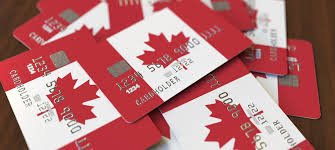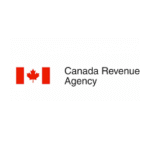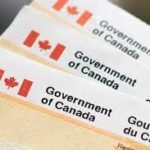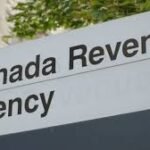If you owe taxes to the Canada Revenue Agency (CRA) and prefer to pay using a credit card, you cannot pay the CRA directly that way.
However, several approved third-party providers allow you to make secure credit card payments on your behalf.
Here is a clear, step-by-step look at how to pay the CRA with a credit card in 2025, what options exist, and what to watch out for.
Can you pay the CRA directly with a credit card?
The CRA does not accept direct credit card payments through its online system.
According to canada.ca, the CRA’s official payment platforms, such as My Payment and pre-authorized debit, only support debit cards (Visa Debit or Debit Mastercard).
To pay by credit card, you must use a third-party payment processor that partners with the CRA.
These companies collect your payment information, charge your credit card, and then forward the funds and payment details to the CRA.
The transaction is secure, but you should always use a trusted service.
Which third-party companies allow CRA credit card payments?
As of 2025, two of the main CRA-approved providers are:
- PaySimply – lets you pay CRA balances using Visa, Mastercard, or American Express. Payments can also be made via e-Transfer or PayPal. PaySimply charges a processing fee, usually around 2.5%, and payments typically take one to three business days to process.
- Plastiq – accepts most major credit cards and allows payments for CRA income tax, GST/HST, corporate tax, and installment amounts. Processing fees are similar, and the payment is remitted to CRA within two to three business days.
While the CRA does not recommend one provider over another, both are listed on its official website as authorized payment services.
How to pay the CRA with a credit card in 2025
To make a credit card payment, you will go through a short verification and payment process. The general steps are:
- Visit a third-party provider’s website such as PaySimply or Plastiq.
- Select “CRA Payment.” Choose the type of payment—such as personal income tax, business installment, GST/HST, or payroll remittance.
- Enter your account details. For personal taxes, use your Social Insurance Number (SIN). For business accounts, enter your business number.
- Enter payment information. Provide your credit card details, the payment amount, and the tax year you want to pay.
- Confirm and pay. Once you authorize the payment, the provider charges your card and sends the funds directly to CRA.
- Save your confirmation receipt. CRA processing can take a few days, so keep your proof of payment until the payment appears in your CRA My Account.
According to canada.ca, most online payments are processed within three business days.
What types of CRA payments can you make by credit card?
You can pay several types of CRA balances using a credit card through these providers. These include:
- Personal income tax (T1 returns)
- Business income tax (T2)
- GST/HST remittances
- Payroll source deductions
- Installment payments
- Balances owing on reassessments or notices
Each service will ask you to select the correct tax category when you set up the payment.
Make sure the tax year and account type are correct to avoid delays.
How long does it take for CRA to receive your payment?
CRA processing time depends on when and how you pay.
Third-party payments usually take between two and three business days to post. During peak filing season, it may take longer.
If you are close to a tax deadline, CRA recommends using online banking or My Payment via debit to avoid late interest.
Late payments, even by one day, can lead to penalties and daily compounding interest.
You can confirm that CRA received your payment by logging into CRA My Account or by calling CRA’s general enquiries line.
What to know before paying CRA with a credit card
Paying with a credit card offers convenience and may earn you rewards, but there are a few key points to consider:
- Processing fees: Third-party providers charge a fee of around 2% to 2.5%, which may outweigh any points or cashback benefits.
- Interest costs: If you do not pay off your credit card balance promptly, you could incur high interest rates, often exceeding 20%.
- Processing delays: The CRA does not mark your payment as received until it arrives in its system, which may take several days.
- No refunds from CRA for service fees: If you make an error, CRA cannot refund the third-party processing charge.
Always schedule your payment early and verify that the service provider confirms the remittance date.
Is paying the CRA with a credit card worth it?
Paying your taxes with a credit card can be useful if you need extra time to manage cash flow or if you want to collect travel points.
However, because of the fees and potential delays, many taxpayers use online banking or pre-authorized debit instead.
According to rates.ca, credit card payments are best for those who can repay their balance immediately and who value the convenience of digital transactions.




